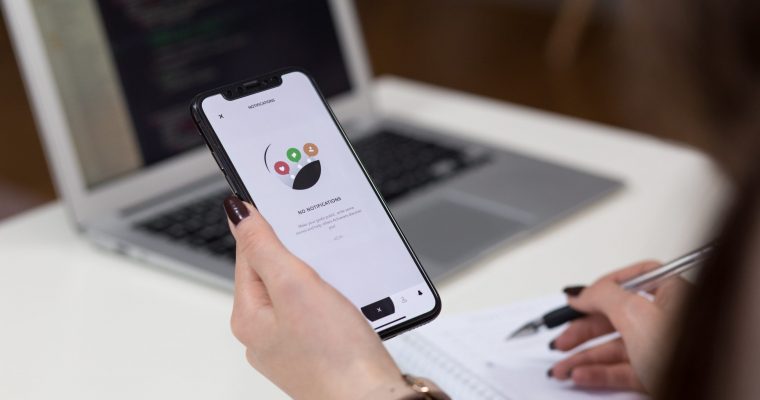We use them to perform several different activities, including calling, listening to music, chatting, online shopping, ordering for items, and many more. According to a study by Statista, the number of smartphone users across the world is more than 6 billion. The study further reveals that the number will increase to over 7.5 billion users by the end of 2026. This trend calls for a need for every organization to start taking advantage of mobile learning to train their employees.
Mobile learning or M-learning is a learning approach that allows people to gain access to online training from their mobile devices. Since we’re always with our phones 24/7, it means this training style will allow learners to access learning content at any time and place.
There’s no denying that mobile learning offers tons of amazing benefits to both learners and organizations. But here’s a quick question, is it all just good about the learning approach or does it also have its limitations? As you read through the rest of this article, you’ll find the answer to the burning question above.
What is mobile learning and how important is it in e-Learning?
Although mobile learning is a buzzword in the eLearning space, you need to understand that the learning style has been around for a long time. According to a study, the term was introduced by Alan Kay in the 1970s. Today, the term “mobile learning” is used in eLearning to refer to a learning approach that allows people to learn and study via the internet or mobile device.
Here’s one of the things you need to know about mobile learning; the approach can be utilized to create microlearning courses. That’s possible because learning can always include multimedia and game elements, such as videos, quizzes, serious games.
You can also use mobile learning to deliver social learning to your learners. It’s simple; social learning is a type of online training that incorporates elements, such as a discussion forum, chat, etc. Furthermore, mobile learning is also applicable to offline content. This process is what is known as offline m-learning. With this learning approach, you can always learn even if you find have no or good access to the internet.
Here are some of the benefits of using mobile learning
You already know what m-learning means on eLearning. Now, let’s talk about the benefits attached to using the learning techniques in your organization.
1. Encourages collaborative effort
Collaboration between learners is an effective way to boost learners’ retention ability. And with m-learning, you can always achieve just that.
There’s no denying that the primary aim of using m-learning is to allow the learners to learn at their own pace. But you need to understand that there’s more to using this approach than just helping learners learn at their pace. One of them is that it encourages collaboration between learners.
2. Better completion rates
As earlier mentioned, mobile learning can be used to deliver microlearning. In case you don’t know, one of the benefits of creating short content is to keep the learners engaged. Here’s the thing; if your learners aren’t engaged, it could cause them to lose interest in the course. With properly created microlearning, your learners will get more engaged and that could lead to better completion rates.
That’s not all; mobile learning, in addition to delivering better completion rates, can also help to enhance the learners’ retention ability.
What are the limitations of mobile learning?
As with every other learning style, it’s worth knowing that mobile learning isn’t without its issues. You can check below to see some of the limitations of using the learning style:
1. Device compatibility
One of the limitations of using mobile learning is “device compatibility.” In case you don’t know, choosing the best authoring tool doesn’t mean you’ll be able to cater to all your learners’ mobile learning needs. For instance, a good authoring tool will, no doubt, be great at converting content to HTML5.
However, even if your tool can do this, you might still not be able to meet all these needs. Yes, it’s possible that the content won’t still look good on some of your students’ smartphones. That said, phone compatibility is one of the drawbacks of m-learning. However, you need to keep in mind that this point only has little effect on today’s learners.
2. Small screen
“Small screen” is another great limitation of m-learning. Some people only make use of small screen phones. Unfortunately, reading continuously on this type of device may damage the eyes. It’s pretty simple; when you keep reading on a small screen over a long period, it could strain the eyes.
3. Distractions
Another setback of using m-learning is that learning on a smartphone may come with several different distractions. As long as the data is on, social media notifications and SMS alerts will most likely pop up from time to time. And if that happens, it could distract the learners and lower their engagement with the course.







